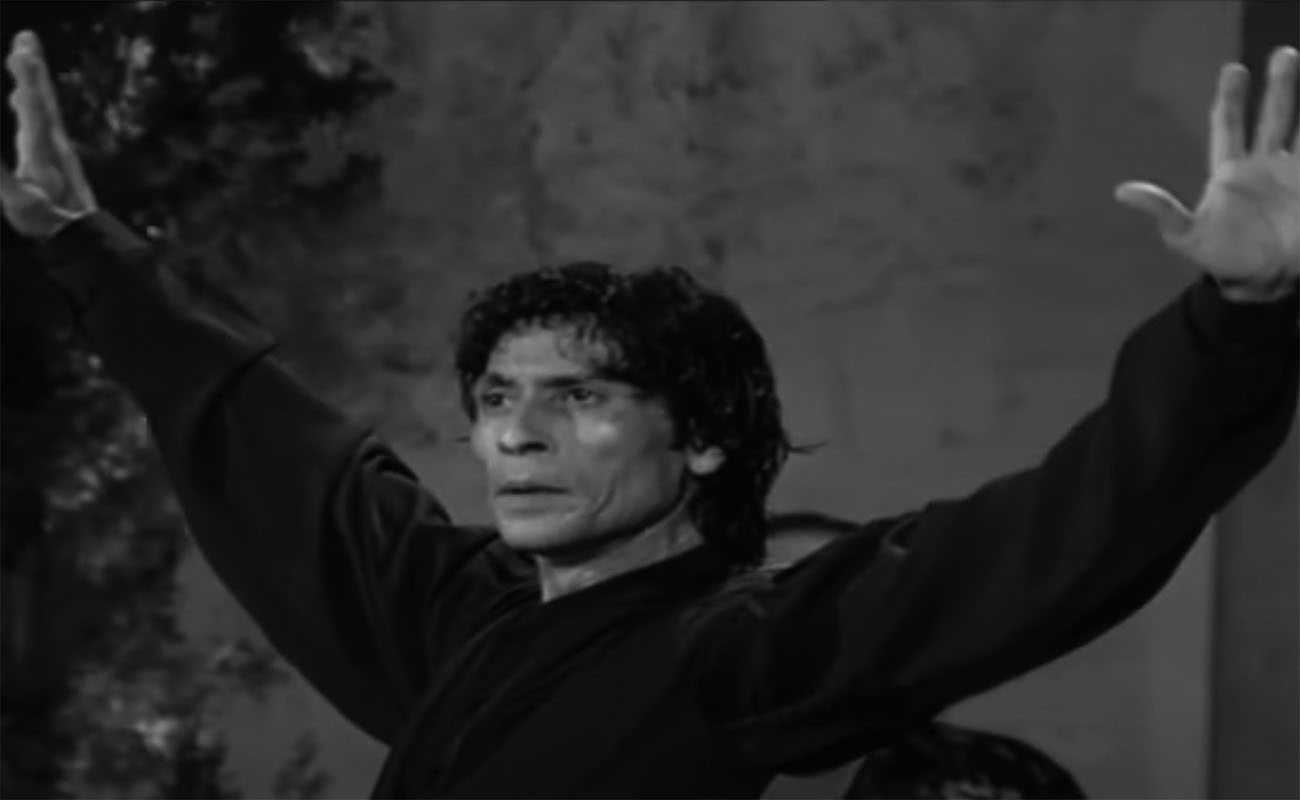Tears for Manolete
Manuel Santiago Maya “Manolete” has died. Seventy years of baile, quite something, creating and performing the best baile flamenco around the world, and representing the Granada school, which has now lost one of its great exponents. Quintessentially gitano, a great person and Granadian to the core, It will be long before such a bailaor is born again, if ever.

The death of the great master of baile Manuel Santiago Maya Manolete has sunk me in the most absolute sadness. He was a good friend, besides being my kind of artist, someone I watched perform on stage hundreds of times. What a great dancer he was! There has never been such an elegant bailaor gitano like Manolete. His elbows and head were always perfectly placed. Refined as Bohemian crystal, and flamenco to the core. He was one of the greatest and exuded the scent of Granada like the flowers at Alhambra. When Mairena stated that purity in cante was to have the flavor of the local landscape, he might as well have been referring to baile. If Rafael el Negro, Juan Montoya and El Mimbre had the flavor of Triana, Manolete had the flavor of Granada from head to toe.
Every time Manolete came to Seville for the Bienal or any other summer festival, I would leave everything else to watch him perform, as he was a window to the history of baile gitano and flamenco. Sometimes his cousin Mario Maya would join me, as he adored Manolete and would barely breath when he performed. Mario’s olés could be heard in Sacromonte. We once attended a performance of Manolete at Córdoba’s Gran Teatro, joined by Pilar López, who taught both Mario and Manolete. Pilar likewise barely breathed while she watched him perform, not even blinking. Manolete captivated everyone, he was hypnotic like an Indian shaman. His farruca, influenced by Faíco and El Gato, was a masterpiece, an artistic piece of immense flamenco value.
«Manolete’s solo footwork, his escobillas, were like a symphony of percussion: it would seem as if he didn’t touch the stage, but rather fly over it with the grace of a golden eagle. He would never stomp. His head was always perfectly placed, his profile like an Egyptian pharaoh»
Manolete’s solo footwork, his escobillas, were like a symphony of percussion: it would seem as if he didn’t touch the stage, but rather fly over it with the grace of a golden eagle. He would never stomp, something so common these days. His head was always perfectly placed, his profile like an Egyptian pharaoh. As you can see, I can only wax lyrical when writing about the personality and mastery of this great master from Granada. On a personal level, in my many years as a flamenco critic I had the opportunity to chat with him, and we would laugh at everything over a meal, because he had a great sense of humor. He was earnest and respectful, but also whimsical. His humor was never vulgar, though, but always refined and elegant like his baile.
Manolete was an artist through and through, and he leaves us after an impeccable career. He was a bailaor since childhood, when he made a living in the caves of Granada, and would later rival all the great artists of baile and dance. Seventy years of baile, quite something, creating and performing the best baile flamenco around the world, and representing the Granada school, which has now lost one of its great exponents. Quintessentially gitano, a great person and Granadian to the core, it will be long before such a bailaor is born again, if ever.
Traslated by Paul Young






